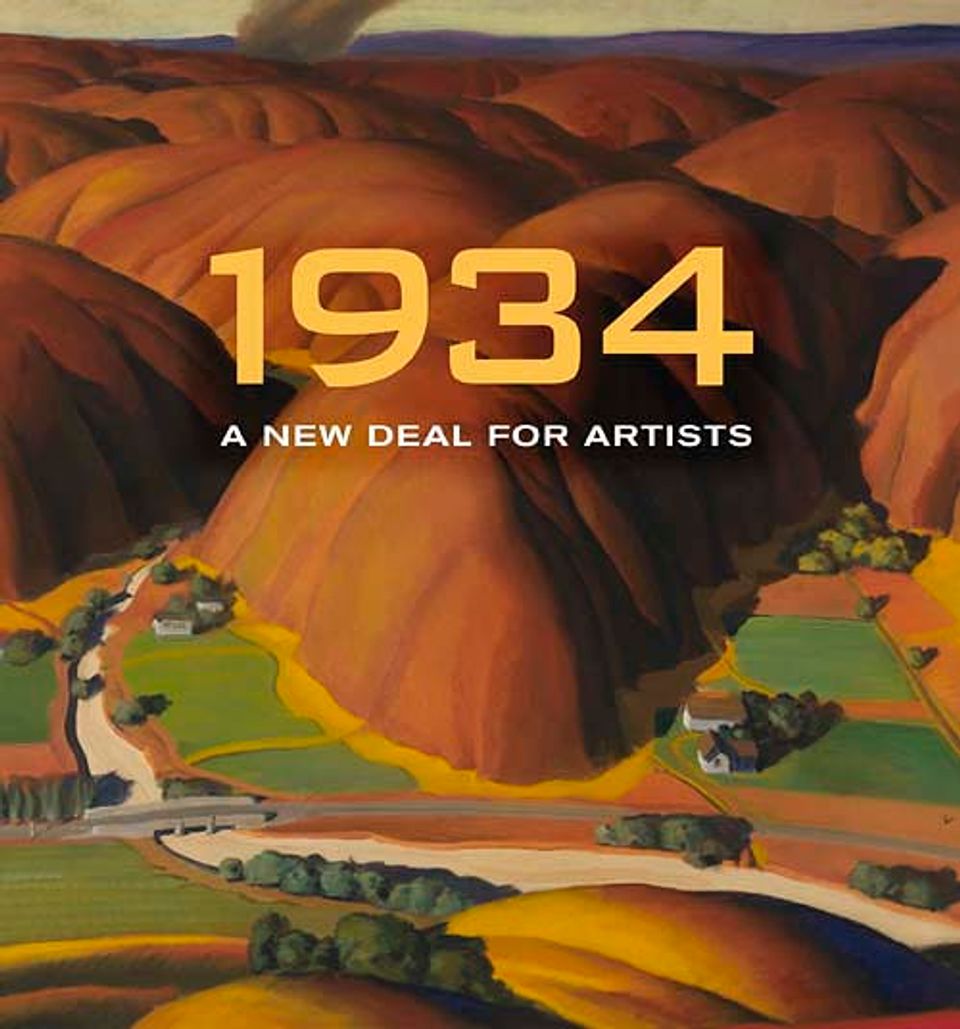Artist
Earle Richardson
born New York City 1912-died New York City 1935
- Also known as
- Earle Wilton Richardson
- Biography
Richardson was born in New York and studied at the National Academy of Design. During the Depression, he painted commissions for the Federal Art Project of the New Deal. Only twenty-two when he painted Employment of Negroes in Agriculture [SAAM, 1964.1.183], he committed suicide one year later. When he died, he was at work on a federally sponsored mural depicting the history of the Negro. In Employment..., he affirmed his view of rural blacks as young, powerful, and undefeated, a people whose time would come.
Elizabeth Prelinger Scenes of American Life: Treasures from the Smithsonian American Art Museum (New York and Washington, D.C.: Watson-Guptill Publications, in cooperation with the Smithsonian American Art Museum, 2001)














